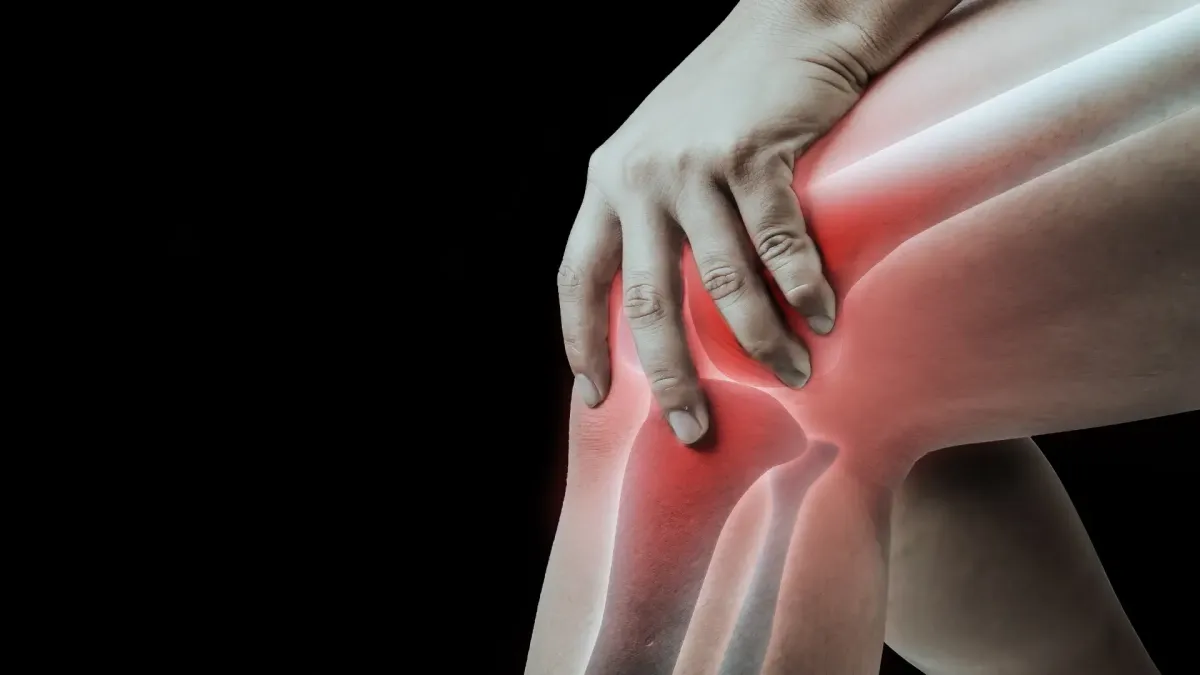
Should I keep my knee straight or bent?
Straight Knee Position - Keeping the knee straight, or extended, is often recommended in the initial stages of an injury or for conditions that involve inflammation.
This helps restrict movement and allows the joint to rest. Immobilizing the knee with a splint or brace may be advised.
Bent Knee Position - On the other hand, bending the knee can be beneficial for improving blood flow, reducing stiffness, and restoring mobility.
This is typically incorporated as you progress through the healing process and start gentle range-of-motion exercises.
Some general rules of thumb:
After an acute injury, start with the knee straight to limit motion and allow healing.
Once the initial inflammation subsides, gently start bending the knee to improve circulation and flexibility.
For chronic conditions like arthritis, a combination of straight and bent positions may be recommended.
Always use pillows, braces, or other supports to keep the knee properly aligned, regardless of the position.
By the way,
…have you heard about our revolutionary 4-Step Knee Restoration Exam™?
This innovative assessment is designed to pinpoint…
…the structure, alignment, and biomechanics of your knees
…tenderness around your knee
…the type of knee damage you have
…the severity of your knee damage
…And so much more
Armed with this crucial information, we can determine if our targeted treatment plan can help alleviate your
Persistent Pain In Your Knees
Swelling & Tenderness
Pain With Every Step
Difficulty Climbing Stairs
Feeling Frustration, Anxiety, Or Depression
Don't wait any longer,
Click Here To Schedule Your 4-Step Knee Restoration Exam™ Today >>>
…and take the first step towards a pain-free future!
Talk again soon
Dr. John Owings, DC.
P.S. Remember, You're Only One Click Away From A Happier, Healthier You...
